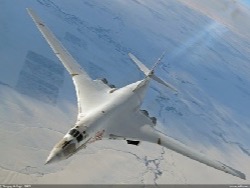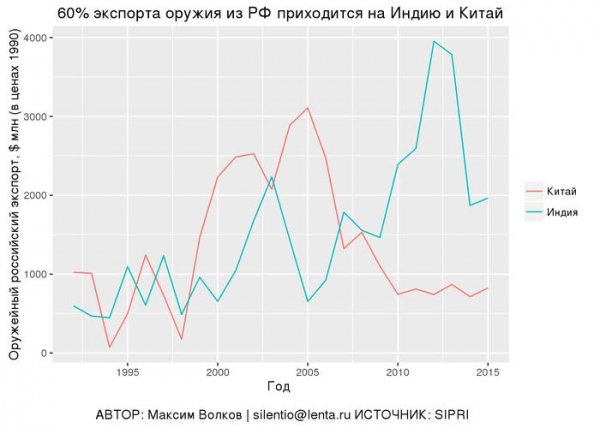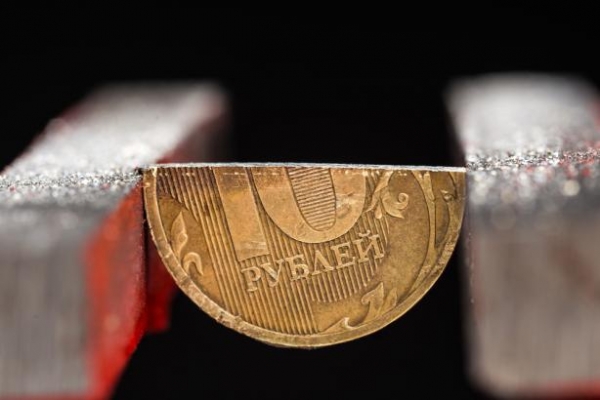
Competitiveness of Russia in the international arms market is growing and the interest in Russian arms drops. The reasons for this paradox in more detail.
At the meeting of the Commission on military-technical cooperation of Russia with foreign countries was announced overfulfillment of the plan for the export of Russian military products in 2015.
The President of Russia Vladimir Putin noted:
Russia retains the second place in the list of the world’s leading suppliers of arms and military equipment on global markets, and with a confident lead from following countries us. The export of Russian military products in 2015 was even more than we had planned…
However, there are a number of objective factors, which the Commission did not mention, and which make the forecast of development of Russian arms trade is not as optimistic.
Indeed, compared with 2014 Russia’s arms exports increased by 0.3% (according to the analytical center of the Swedish SIPRI), which, given the global economic crisis and the fall in effective demand, not the worst performance. But over the last four years the exports has significantly declined in comparison with 2011 fell by almost 40%.

Russia is still the second largest exporter in the world, the first place is America. USA supply arms to 94 countries of the world, Russia — in 58 countries. However, U.S. exports are differentiated — each buyer accounts for no more than 9% of the total supply. Russian exports are almost entirely depends on India and China — who buy on average 60% of all export of arms.
Peak the interest of the Chinese to the Russian military production peaked in the early 2000s, and then began to decline. In 2015, China has purchased Russian weapons are 70% less than in 2005. Now the largest importer of our weapons is India, but it reduces procurement in 2015, it was purchased at 50% less than in 2012.

The reason of falling of interest is quite understandable and predictable.
Our Asian partners are not interested in Russian planes or tanks as such. They needed Soviet technology, for which they acquire for their samples. In the future it is much more profitable to manufacture at home, controlling all production processes, using cheap labor and not to buy from Russia for much more money. In addition, this strategy is far preferable from the point of view of national security. A typical example is the longstanding Saga with the procurement of India T-90 tanks.
The Indian side has ordered the Uralvagonzavod hundred cars, but only with the condition of delivery of project documentation and licenses for manufacturing. The Russians pulled six years with the transfer of necessary technology, but were compelled to execute the agreement.
For example, China is perfectly visible, what will it lead to in the very near future. In 2005-2009 China was the largest importer of weapons, and in 2010-2014 was the 3rd in terms of sales by the exporter, increasing its global market share from 3% to 5% (the report “Trends in international arms transfers, 2014”). Largely due to industrial replication of Russian, or rather Soviet technology.
As a producer of conventional weapons, Russia can not compete with Asian developing countries — too high cost of production. And as a developer of a new high-tech weapons are hopelessly lagging behind the U.S. and the EU that invest in the development of military-technical progress means nesorazmerno large. Of course, the Soviet engineers and scientists have made a great groundwork for the future, but for a quarter of a century, this potential is almost completely exhausted.
The Russian Federation gradually displace from the market. Despite continuous attempts of Russia to find new buyers in Africa, Latin America, South Asia, the middle East, these attempts are not too successful — if judged by statistics and not by the statements of officials.
Currently solve the problem “worthy competition on the international arms market” through aggressive marketing and promotional campaigns impossible. Rather, it is the revival of the scientific and technical potential. The question is quite difficult, given the dismal state of the domestic education system and science.








